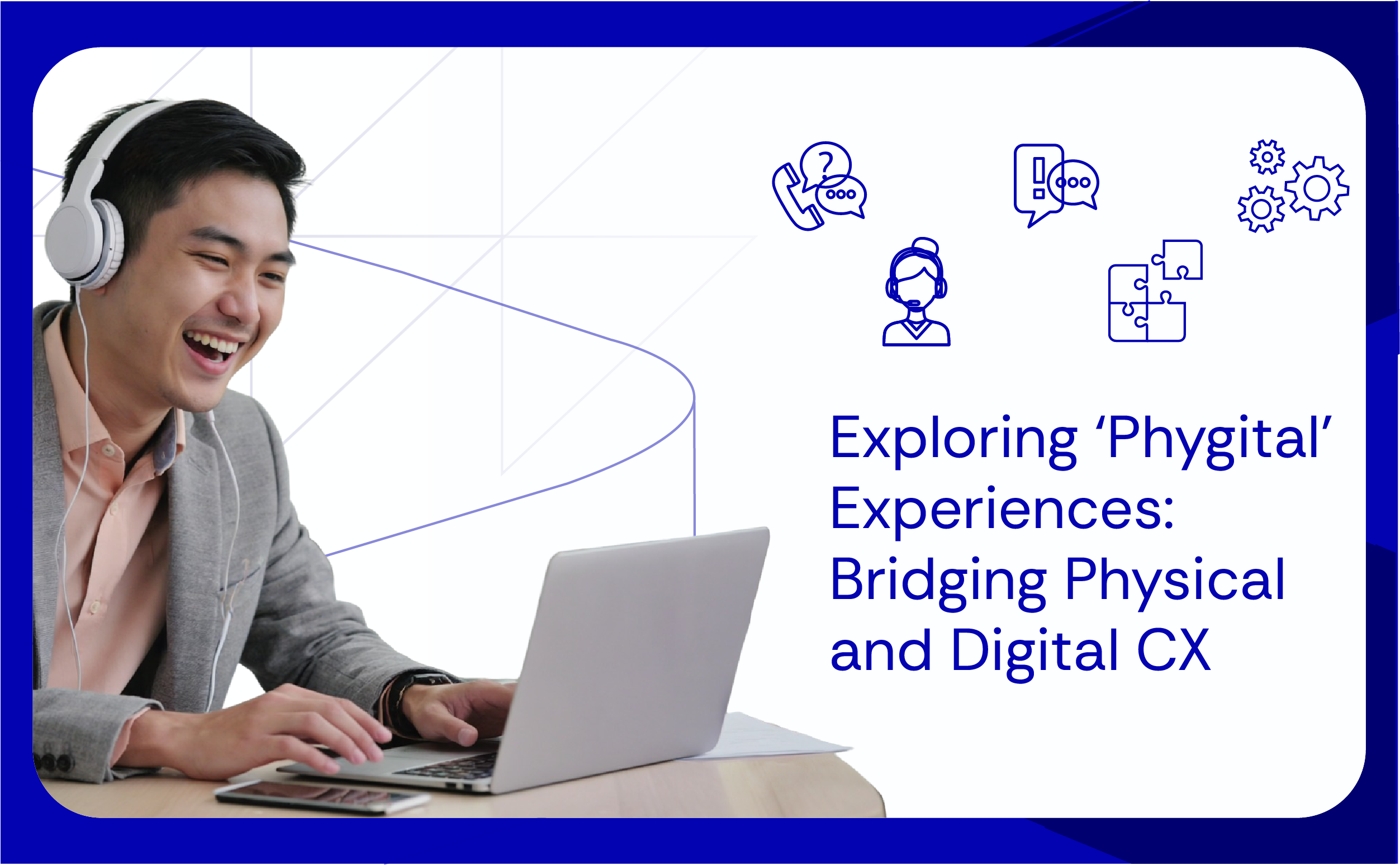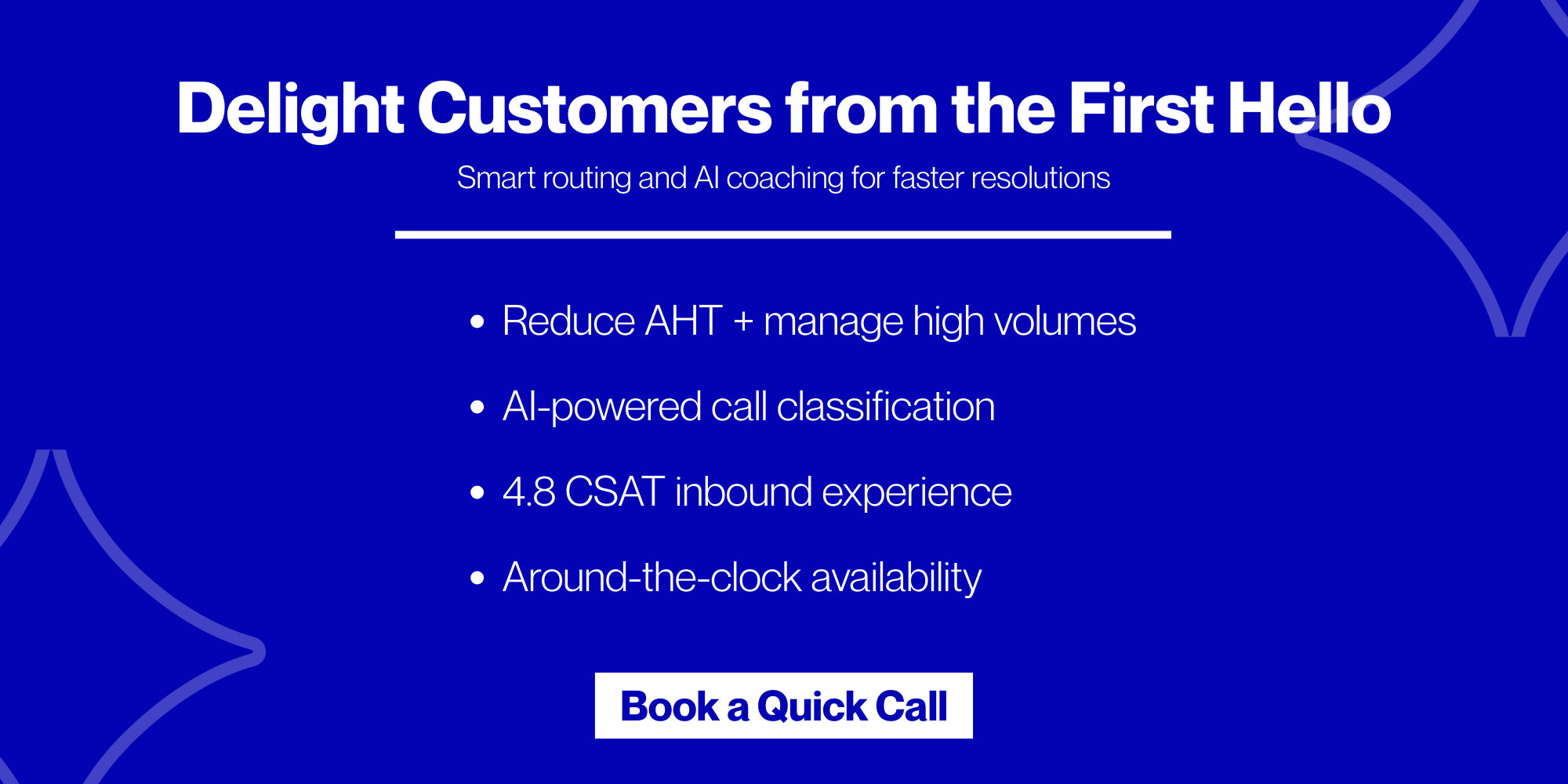Phygital experiences combine physical and digital interactions. They create a connected customer journey by linking in-person services with digital tools like apps, websites, or devices. The goal is to offer a seamless experience across all customer touchpoints.
For consumer brands and D2C companies in the U.S, U.K. & Australia, especially those with customer support and customer experience leaders in roles like VPs, Directors and Senior Managers,this approach is rapidly becoming essential. Whether your business has 5+ employees or generates $5M+ revenue, phygital strategies can improve engagement, cut costs and increase customer loyalty.
If your business lives only in the real world, it’s missing half the conversation! In phygital 2025, customers don’t just walk into stores or click on websites. They move between both (often in the same transaction).
This is where phygital (or phygitaux) experiences come in! It is not about replacing your shop with an app or adding screens for the sake of looking modern. It’s about blending physical and digital tools to create connected, cost-efficient and customer-first experiences.
And it’s trending? Studies show that the total addressable market (TAM) for phygital enterprise solutions is projected to reach $216 trillion by 2030. For customer experience decision making in marketers like the U.S, U.K. and Australia, the message is clear: embracing phygital now is a competitive advantage.
Want to know more? In this article, let’s first understand the phygital meaning, its five elements, share real-world phygital experience examples and why they are relevant in phygital 2025. Lastly, we will learn how you can migrate to phygitaux in simple steps.
What Are Phygital Experiences?
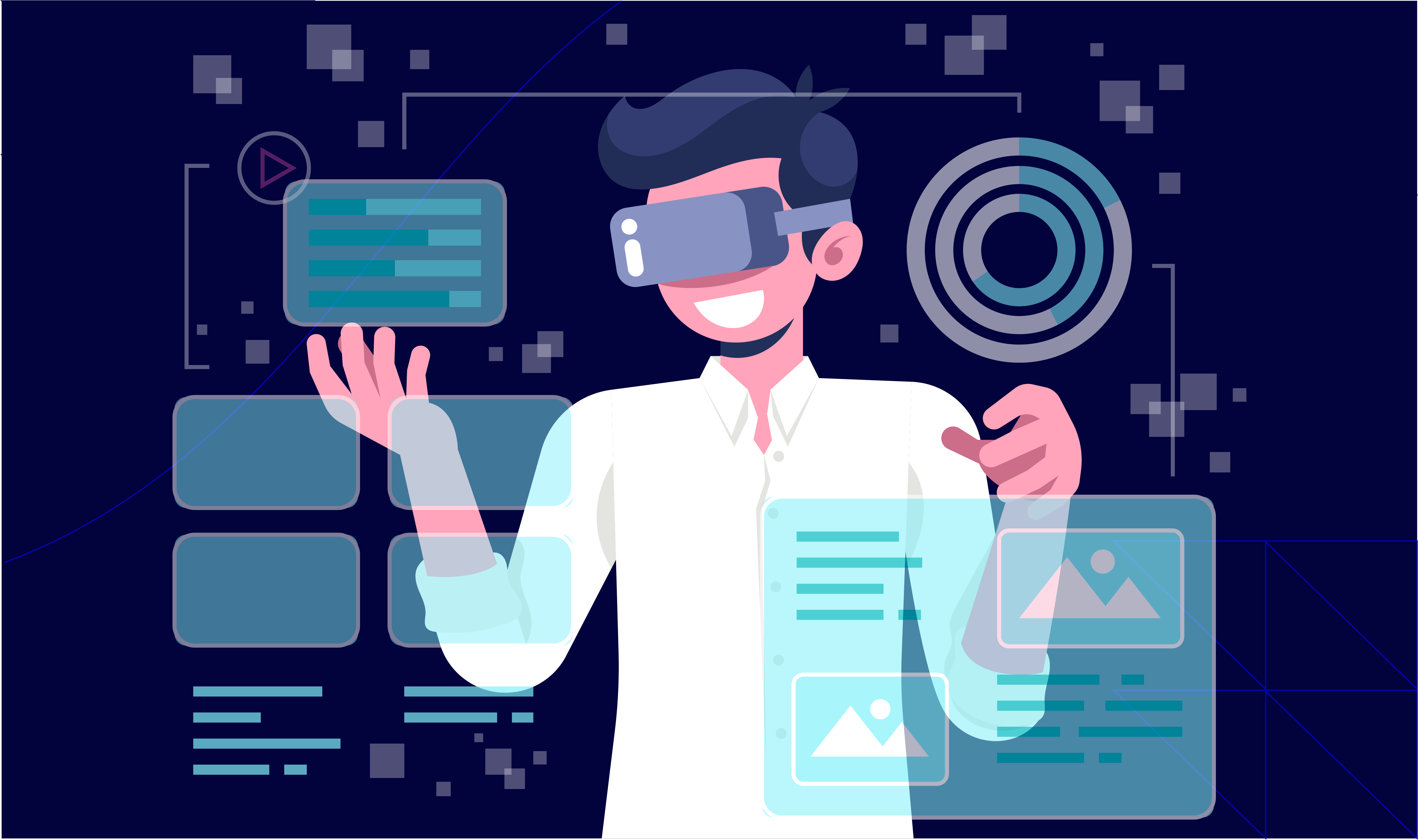
Phygital (Phygitaux) = Physical + Digital
A phygital experience is when a business combines physical and digital tools to serve customers. It does not mean replacing physical experiences with digital ones! Instead, it means linking both in a way that makes sense for the customer.
Here, the goal is to create a smooth and connected experience, whether the customer is visiting:
- In-person
- Online (or both)
Popular Phygital Experience Examples
Since it is a novel concept, let’s understand it better through various examples:
| Phygital Examples | How Does it Happen? | Why this is Phygital? |
| Click-and-Collect in Retail (Online Order + In-Store Pickup) |
|
|
| Restaurant Table Ordering with Mobile App |
|
|
| Smart Fitting Rooms in Clothing Stores |
|
|
| Augmented Reality (AR) in Home Improvement Stores |
|
|
These phygital experience examples highlight why more D2C and consumer brands are making CX investments in hybrid solutions.
The Five Elements of Phygitaux
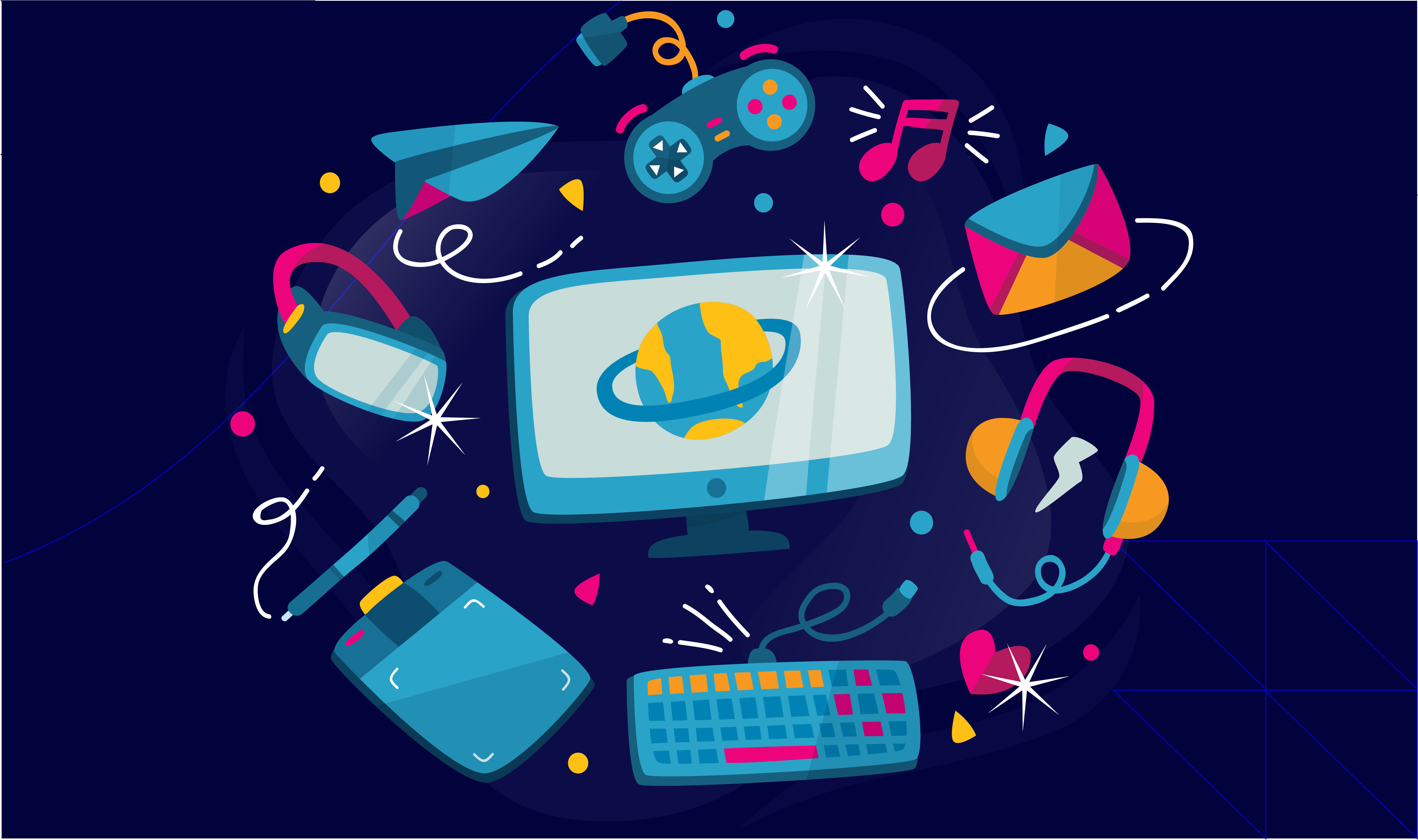
Phygital infrastructure is a mix of:
- Physical tools
- Digital systems
This kind of setup is particularly useful in 2025, where both physical work and digital control are important. To create phygital experiences in your business, you must follow the five elements of phygitaux.
They are the key building blocks that allow a business to connect its physical and digital experiences. Let’s study them:
1. Think Like One Business, Not Two Worlds
Phygital is omnichannel! This means your business should not treat physical and digital channels as separate. In 2025, your systems, tools, and staff must align to support the entire customer journey, not just its fragments. For example,
- Say you sell in-store and online.
- Now, both should work together (instead of competing).
- Also, your staff, business processes, and current tools must support both channels.
In phygital, a customer might:
- Browse online but buy in-store
- Start a conversation in person and continue it through email
Ideally, you should design every process to support the full customer journey (no matter where it begins or ends). This avoids confusion and gives the customer a smoother experience. Unifying CX touchpoints ensures smoother journeys and better ROI measurement. To practice phygitaux, you must think of your business as one connected system, not two different teams or platforms!
2. Design for the Way People Actually Think!
To design better experiences, you need to understand how customers think and behave. That’s because people have habits that shape how they make decisions. For example,
- Many people usually look to the right first.
- So, placing screens or promotions on the right side of your store might help.
These insights can help in designing intuitive experiences, especially when 2025 shoppers expect intuitive, convenient interactions.
3. Follow the Money, But Together, Not Separately!
Don’t measure your store’s success by looking at online and in-person sales separately. Instead, treat all sales as part of the same system! Customers move between channels and those movements influence final purchases. Customers explore and buy across channels. In 2025, smart businesses don’t attribute success only to digital or physical they combine both when evaluating marketing ROI and campaign effectiveness.
If someone learns about your product online but buys it in your store that sale should still be partly credited to your digital team or tool. Thus, set your budget and goals across all channels (not just one).
4. Balance the Tug-of-War Between Physical and Digital
You will face decisions where you must choose between:
- What is best for your physical store?
- What is best for your digital tools?
You cannot always choose both! Instead, aim for a balance that works across both areas. To do this, create a clear set of rules or design principles. These let you make decisions without relying only on opinion or habit.
For example, when launching a promotion, ask how it impacts both in-store and online experiences.
Also, avoid letting one channel dominate every decision. A good phygital strategy comes from finding the middle ground that supports your entire business.
5. Build, Test, Improve! Repeat Forever
You cannot build a perfect phygital business overnight! That’s because customer habits and technology will change. Your business must keep adjusting to stay current. This is not a one-time project. It’s an ongoing process that needs attention.
For example,
- Say you might start with a simple QR code system.
- After that, add an app later.
- Then improve in-store displays
Please note that each step builds on the last! Phygital is a long-term strategy. It grows with your business and is not a quick fix or final product. In Phygital 2025, technology and habits evolve. Start small, expand gradually, and keep refining the apps, as this is the key. Iterative improvements drive long-term impact.
Why Should You Care About Phygital as a Business Owner?
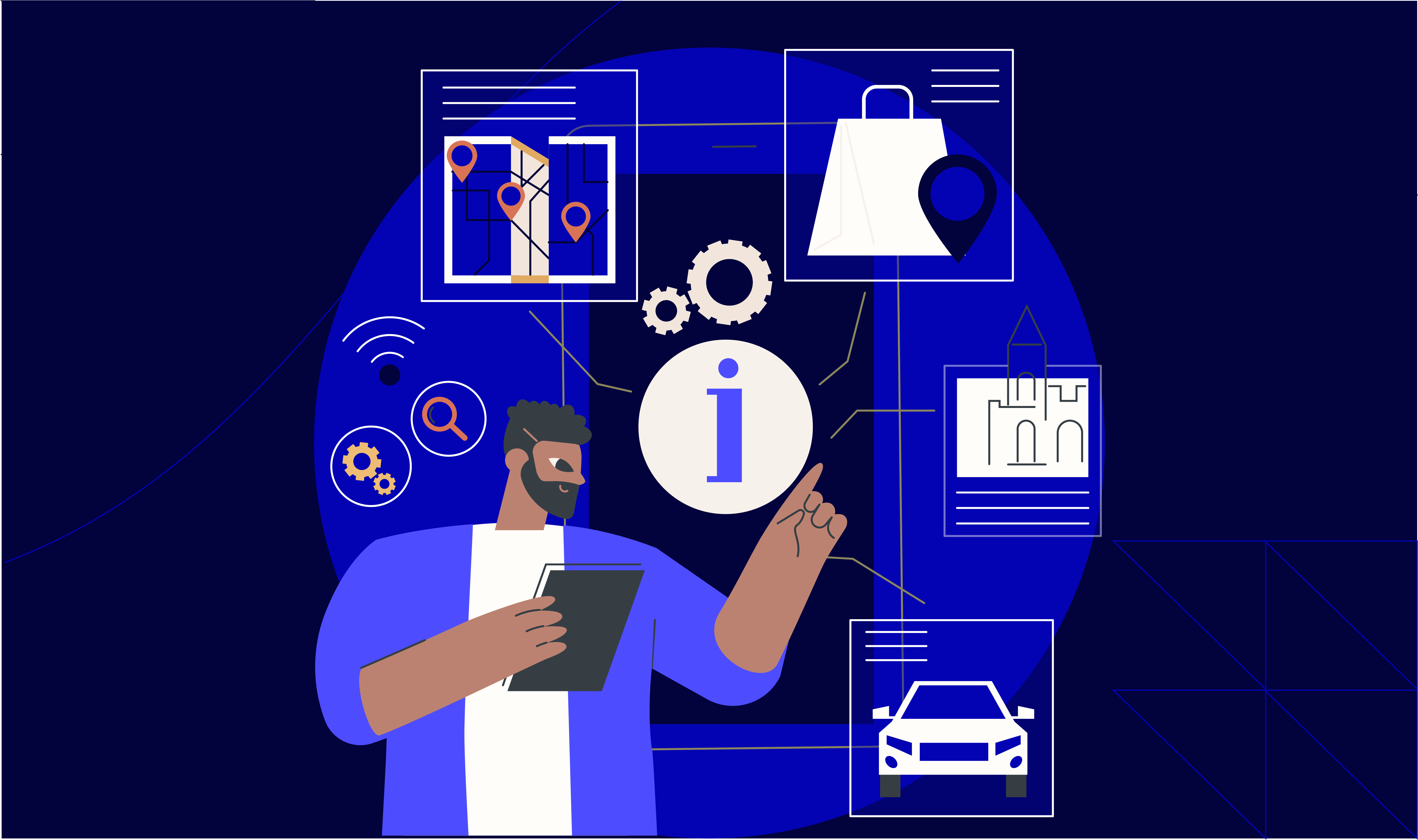
Did you know? $90 billion in AR, IoT and 3D tech investments signal where customer expectations are headed. Customers don’t think in channels, they think in convenience and outcomes. There were over 16,000 deals closed! That’s largely because customers now use both online and offline options when:
- Buying
- Booking
- Asking for help
Most of them want to start online and finish in-store (or the other way around). As a business owner, if you only focus on one side (just digital or just physical), you may lose customers.
Let’s gain clarity and understand why offering phygital is necessary in 2025:
- Meet rising customer expectations with flexible, seamless support.
- Reduce churn by aligning digital efficiency with human touch.
- Expand market reach without overspending on new infrastructure.
Planning to go Phygitaux? Please note that you don’t need to spend heavily! Even small steps (like QR codes, online bookings, or text alerts) count towards phygital enterprise solutions.
Atidiv has helped brands achieve this balance. For example:
- Delivered 80% time savings, 50% cost reduction, and 99% accuracy for an NYC start-up
- Enabled $20M+ savings and 95%+ quality for a leading business aggregator
How Can You Migrate to Phygital Experiences?
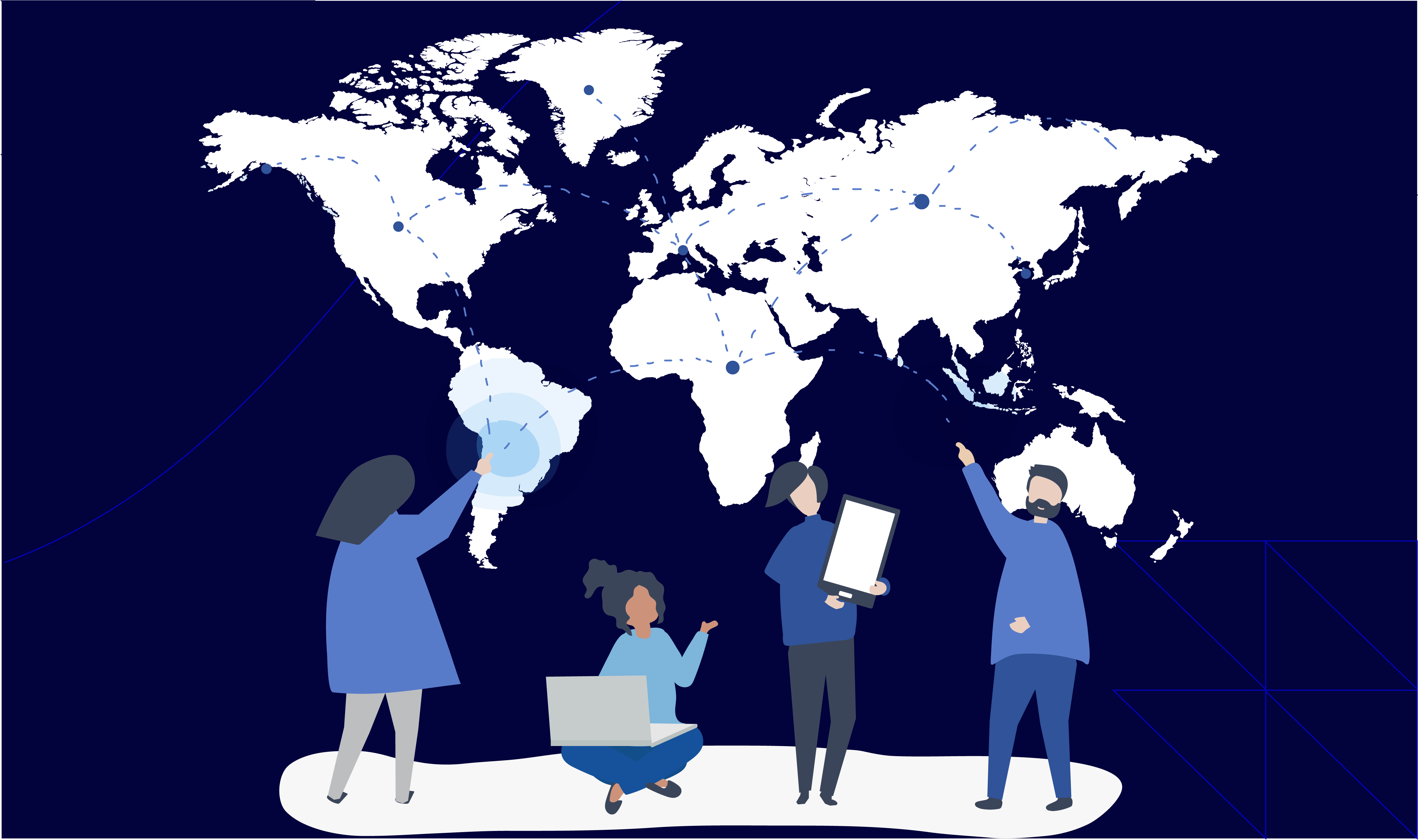
Studies show that major tech companies (like Microsoft, Apple, Alphabet, Meta, Amazon, and ByteDance) have collectively invested more than $160 billion in the phygital space.
Do you also want to practice phygitaux in your business? Let’s learn how you can do so in these easy steps:
Step I: Understand Your Customer Journey
Map how your customers:
- Find you
- Contact you
- Buy from you
- Stay in touch
By doing so you will know where to add digital tools without changing what’s already working.
Step II: Start With Simple Digital Add-Ons
Add small digital tools that support your physical business like QR codes, appointment booking or click-and-collect. You can do so by:
- Adding QR codes in your store to show product info or videos.
- Letting customers book appointments
- Using a POS system that tracks both online and in-store sales.
- Allowing customers to ask questions through WhatsApp or your website.
Step III: Connect Online and In-Store Offers
Make sure your promotions, pricing and service are connected online and offline. That’s because customers expect consistent CX policies across channels! By doing so, you keep their experience smooth and professional.
You can do the following:
- Offer click-and-collect, buy online, pick up in-store.
- Let customers return online orders in your shop.
- Share the same loyalty points system across channels.
Step IV: Train Your Team to Use Digital Tools
Technology only works when your team uses it confidently! Thus, make sure your staff knows how to use the new tools and explain them to customers.
Perform these steps:
- Teach staff to help customers scan QR codes.
- Show them how to track customer orders digitally.
- Assign someone to answer online messages daily.
Step V: Collect and Use Customer Data (Responsibly)
Use digital tools to understand what customers like, buy, and ask for. Do the following:
- Use a CRM tool to track repeat customers.
- Monitor what products are clicked on or searched online.
- Ask for feedback through digital surveys.
Let Clicks Meet Bricks! Go Phygital in 2025 With Atidiv.
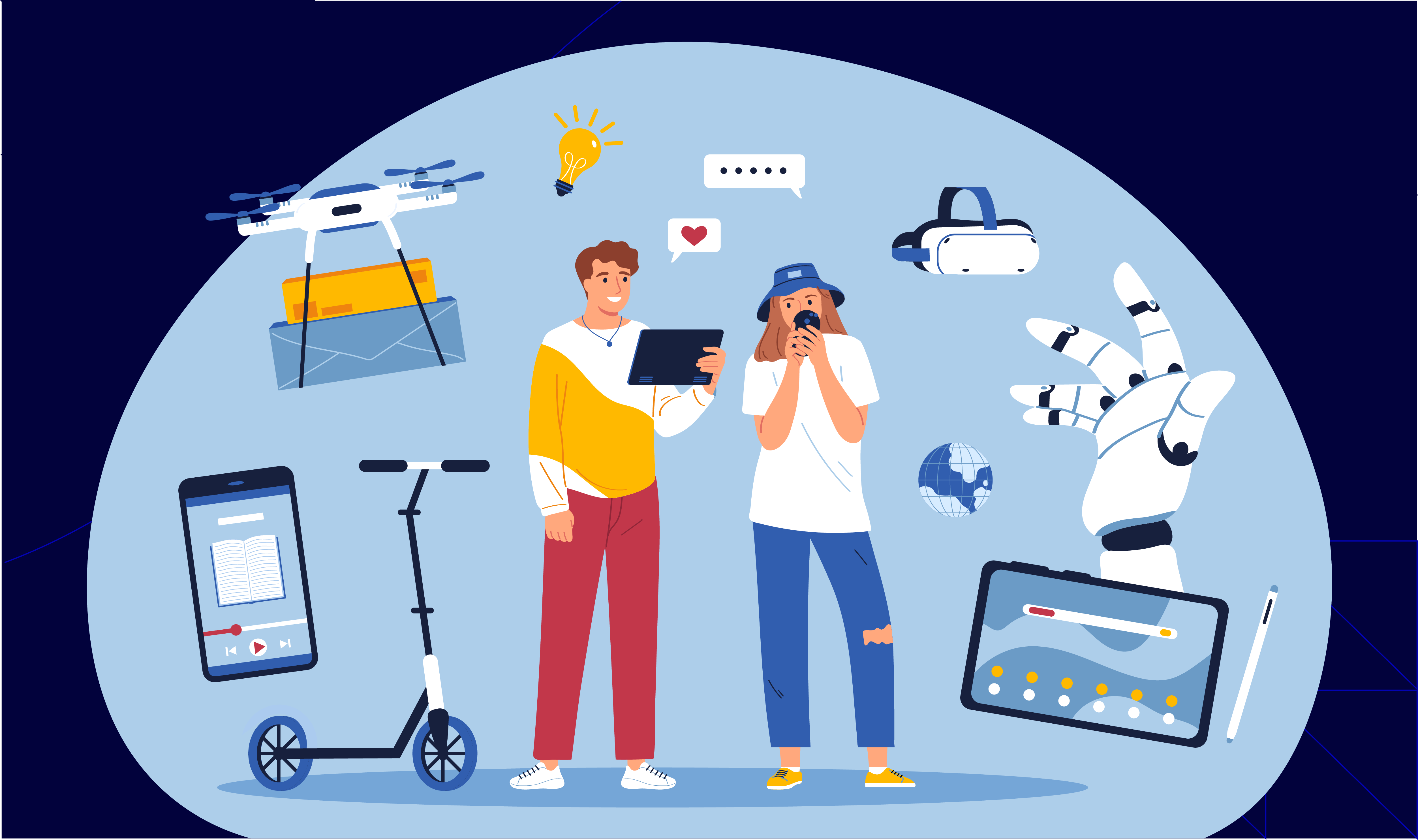
Phygital experiences are no longer optional! Most customers demand blended physical + digital experiences and brands that deliver will win loyalty, efficiency, and revenue growth. Thus, your business must meet them with the same flexibility.
By adopting a phygital strategy, you can:
- Build stronger customer relationships
- Boosts loyalty
- Drives revenue
But to make this transition successful, you need reliable partners. That’s where Atidiv comes in! Our expert team uses real-time analytics to provide exceptional customer support and align every interaction with your customer’s expectations.
With an average QA score of 98% and a 4.8 CSAT rating, Atidiv builds quality into every conversation. Plus, by outsourcing with Atidiv, you can save up to 60% on support costs.
AtiDiv specializes in helping consumer brands and D2C companies across the U.S, U.K & Australia migrate to phygital with confidence. With QA scores of 98%, CSAT of 4.8 and 60% cost savings delivered, we help VPs, Directors and Senior Managers in customer support and experience implement solutions that balance physical and digital service while cutting operational costs by up to 60%.
Case Example: How our client saved $450K annually in makegoods and 65% in employee costs
Recently, we partnered with a client and saved over $1.3 million annually through process optimization, contact center automation, and a unified customer engagement strategy. Go phygital with Atidiv today!
If you’re a VP, Director or Senior Manager of CX/Support in a growth-stage brand where the employee size is 5+ and revenue is $5M+, now is the right time to explore how phygital strategies can future-proof your business.
FAQs
1. Isn’t going phygital expensive and only for big brands?
Not at all! You don’t need any advanced tech to start. You can begin with simple tools like:
- QR codes
- WhatsApp chat
- Appointment booking systems
Additionally, many small businesses go phygital in phases, based on budget. So, you can also start small and scale gradually.
2. How do I know which digital tools my customers actually want?
Begin by mapping your customer journey. See where delays or confusion happen. You can identify this by asking customers for feedback online or in-store.
Next, choose tools that solve real problems (like long wait times or limited info) rather than just looking trendy!
3. I sell both online and offline. How do I keep them in sync?
You can use systems that connect both channels, like a unified POS or CRM. Then you must align pricing, promotions, and return policies across platforms.
This way, customers get a smooth experience and your team avoids confusion between online and in-store operations.
4. What if my team isn’t comfortable with digital tools?
That’s a common challenge! Start with basic training. Then, focus on one tool at a time, such as teaching:
- QR code scanning
- Online order tracking
